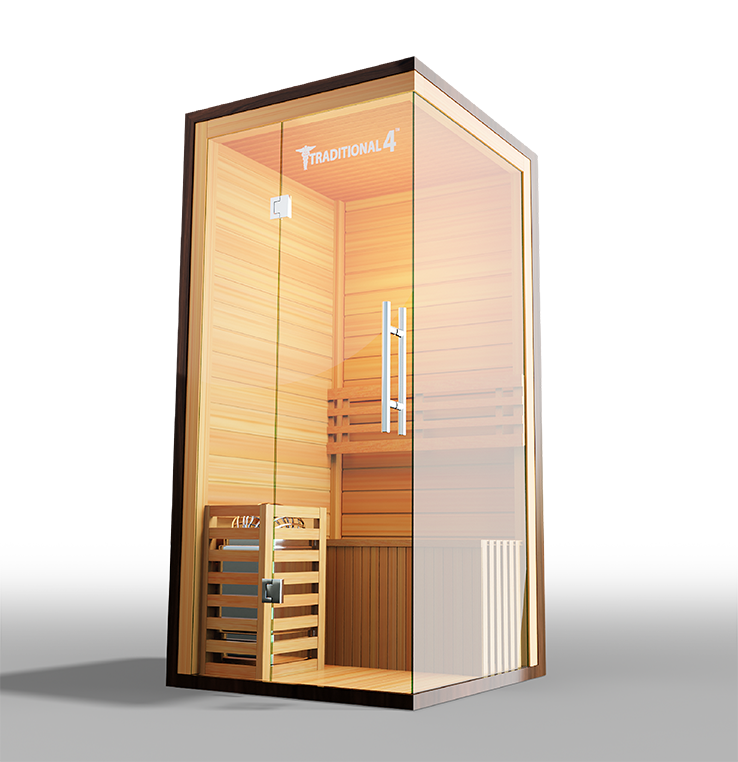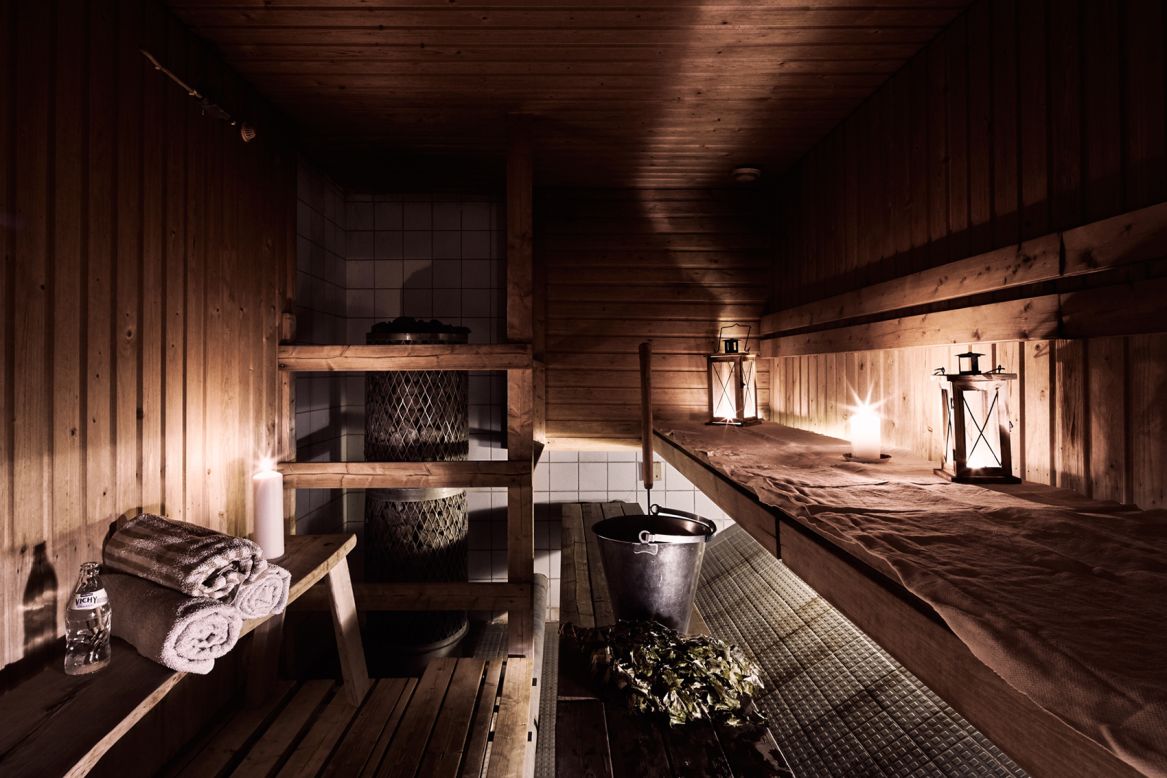Not known Facts About Traditional Sauna
Table of ContentsThe Basic Principles Of Traditional Sauna The Single Strategy To Use For Traditional SaunaTraditional Sauna - The FactsThe Basic Principles Of Traditional Sauna
The majority of the weight shed in a sauna is water loss and is re-gained upon rehydrating. Without a doubt sauna can be an important part of a healthy and balanced weight loss program. To look at the differences between conventional and IR saunas, I will certainly divide these into proven, theoretical, and fabricated distinctions.Hence, the most popular point in the saunawhich is at the ceiling directly above the sauna heateris generally between 185 and 190 F. Traditional Sauna. Claims that a traditional sauna goes beyond 200 F is simply not real and not suitable for electrical saunas sold in the US. The temperature level for a far-infrared sauna is usually set in between 120 and 140 F; nevertheless, unlike the conventional sauna, the goal in and IR room is not to accomplish a high temperature
Due to this, the temperature level difference is nearly unnecessary, since extreme sweating leads to both sauna types, yet the method of warming the body is different. In an IR sauna the bather will certainly feel warm and will sweat profusely, however at a lot lower temperature levels. Therefore, if the goal is to spend longer amount of times in the sauna, the IR sauna is a good choice.

Facts About Traditional Sauna Uncovered
When the heat is attained, the aspects cycle on and off to keep the high temperature. Many typical sauna users appreciate pouring water over the rocks to create heavy steam to increase sauna moisture levels. The advantages of putting water over the rocks consist of: making the room extra comfy, dampening the nasal flows, and permitting the use of aromatherapy by blending necessary oils with the water.
In a far-infrared sauna, the warmth waves permeate the body to properly heat up the body and elevate the body core temperature. To attain this increased temperature, Far-infrared emitters produce infrared energy which is close to the same wavelength as that which the body normally emitsoften referred to as the "Vital Array" of 7 to 14 microns), so the energy is well obtained by the body.
When the power gets in the body, it creates the body temperature to boost and ultimately causes perspiration. In an infrared sauna it is necessary for the emitters/heaters to stay on practically regularly. Considering that there is no mass of rocks to retain warmth, the sauna will cool down if the emitters shut down.
As mentioned above, the sauna bather in an infrared area wishes to place himself before operating pop over to these guys emitters to get maximum take advantage of the warmth. The heating time for the 2 spaces can be really various, depending on exactly how the areas are used. For a traditional sauna, a bather should enable 30-40 mins for the area to attain a preferred temperature level and to properly pre-heat the rocks.
Some Ideas on Traditional Sauna You Should Know
A well created sauna will usually attain a temperature of 150-160 F in regarding 30-40 mins (Traditional Sauna). For hotter temperatures, the area may need to warmth for a longer duration. Once the space attains established temperature, the heater will certainly cycle on and off, commonly operating about 50% of the moment. The shielded wall surfaces and the heated rocks will maintain the area hot and at secure temperature levels.
To some, 15 mins was "wasted" while the infrared power heated up the timber panels instead than warming a body, while others find a pre-heated room to be a lot more comfortable and think a raised starting temperature level is essential to begin sweating. The length of recommended use for every room is approximately the exact same (10-15 minutes per session); however, due to the lower air important source temperature levels and the capacity to feel the impacts of infrared warm faster than a typical sauna, it is not uncommon for a person to spend a total of 20-30 minutes in an infrared sauna.
Traditional saunas often tend to be bigger (thus make use of more power) than infrared saunas, although standard saunas are definitely offered in one and two person sizes. For a two-person standard sauna, 5x6 or 5x7 dimension is most prominent. The leading bench can conveniently seat two or three individuals and is additionally long sufficient to relax during the sauna session.


The average cost per kWH of power in the U.S. is roughly $0.11, so a 4.5 kW heater will cost roughly $.50 to compete one hour, if the heating system runs constantly for one hour. Normally a sauna heating system will certainly compete 75% of the initial hour and 50% of subsequent hours on considering that the aspects cycle once the set temperature is achieved.
Traditional Sauna for Beginners
A 2 person far-infrared space is normally physically smaller than a traditional sauna, often about 4' x 4' or smaller sized. The IR heater is usually 1.5-1.7 kW using a 120 volt 15 amp plug-in service. Because the space can be made use of sooner than a sauna room, we will presume the space is made use of for to of an hour including warm up time.
Lastly, there is a seldom talked about difference in the social experience between the two areas. While our society has lost some of the social benefit of the conventional sauna experience, it can be really socially rewarding. From family time in the sauna, to heart-felt discussions navigate to this site with better halves, to sauna partiesthe standard sauna experience can lead to intimate interacting socially.
The majority of higher end infrared spaces include tinted light treatment, stereo and full-glass fronts. The size of most spaces enable for 2 people to conveniently use the space, while some styles might enable a third or 4th individual to utilize the area. Personalized infrared areas are likewise readily available, with space sizes available as much as 7' x 8' x 7' high.